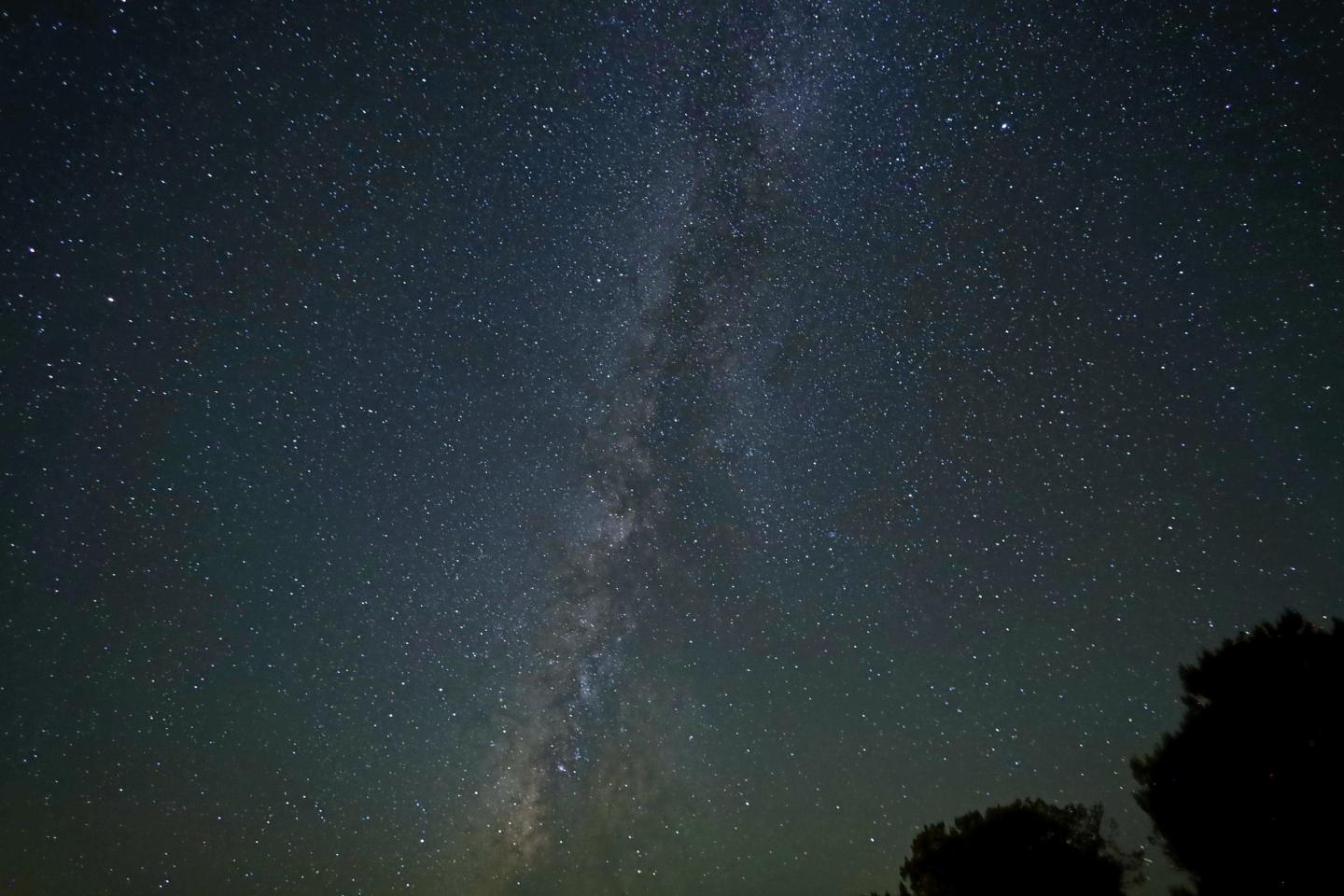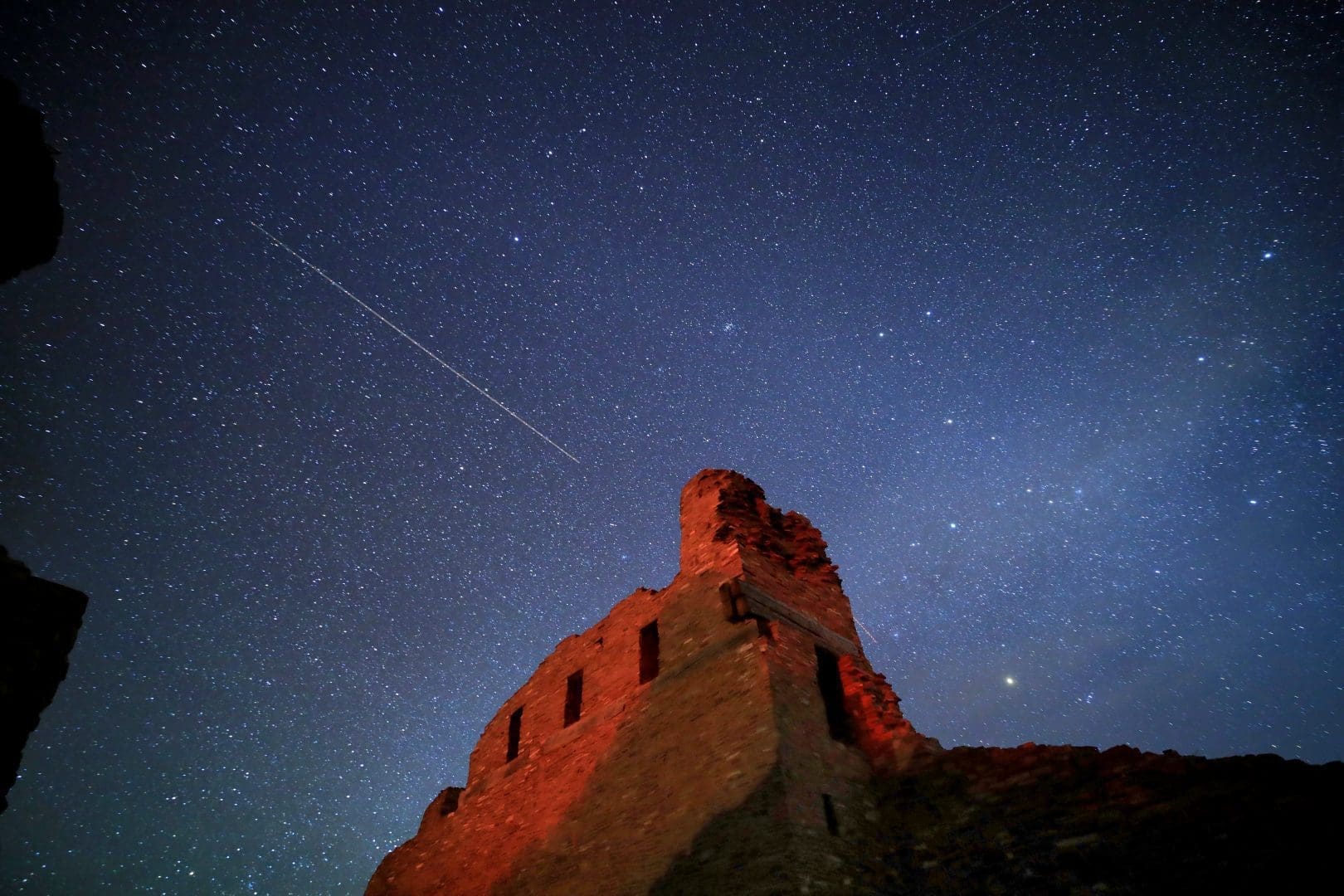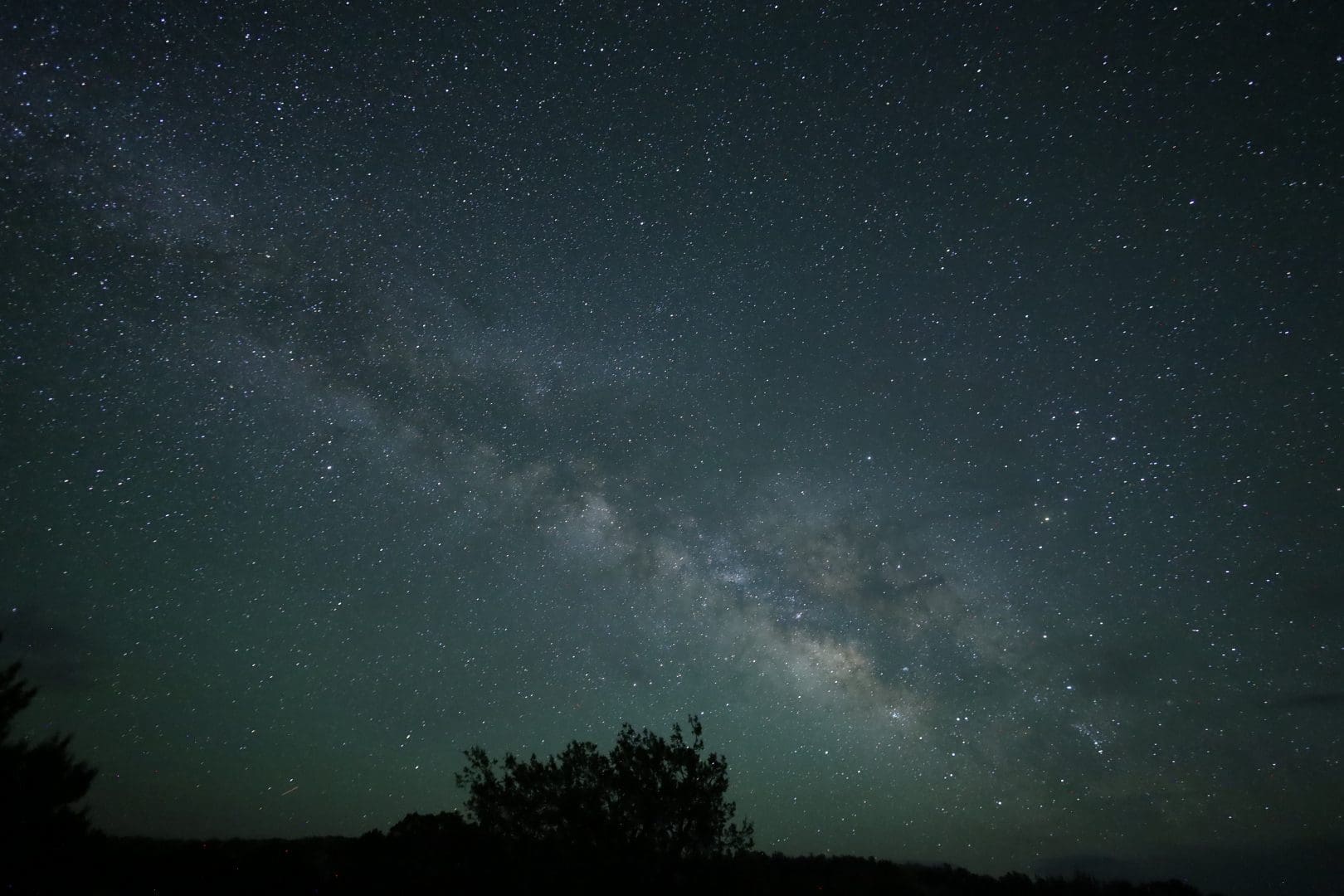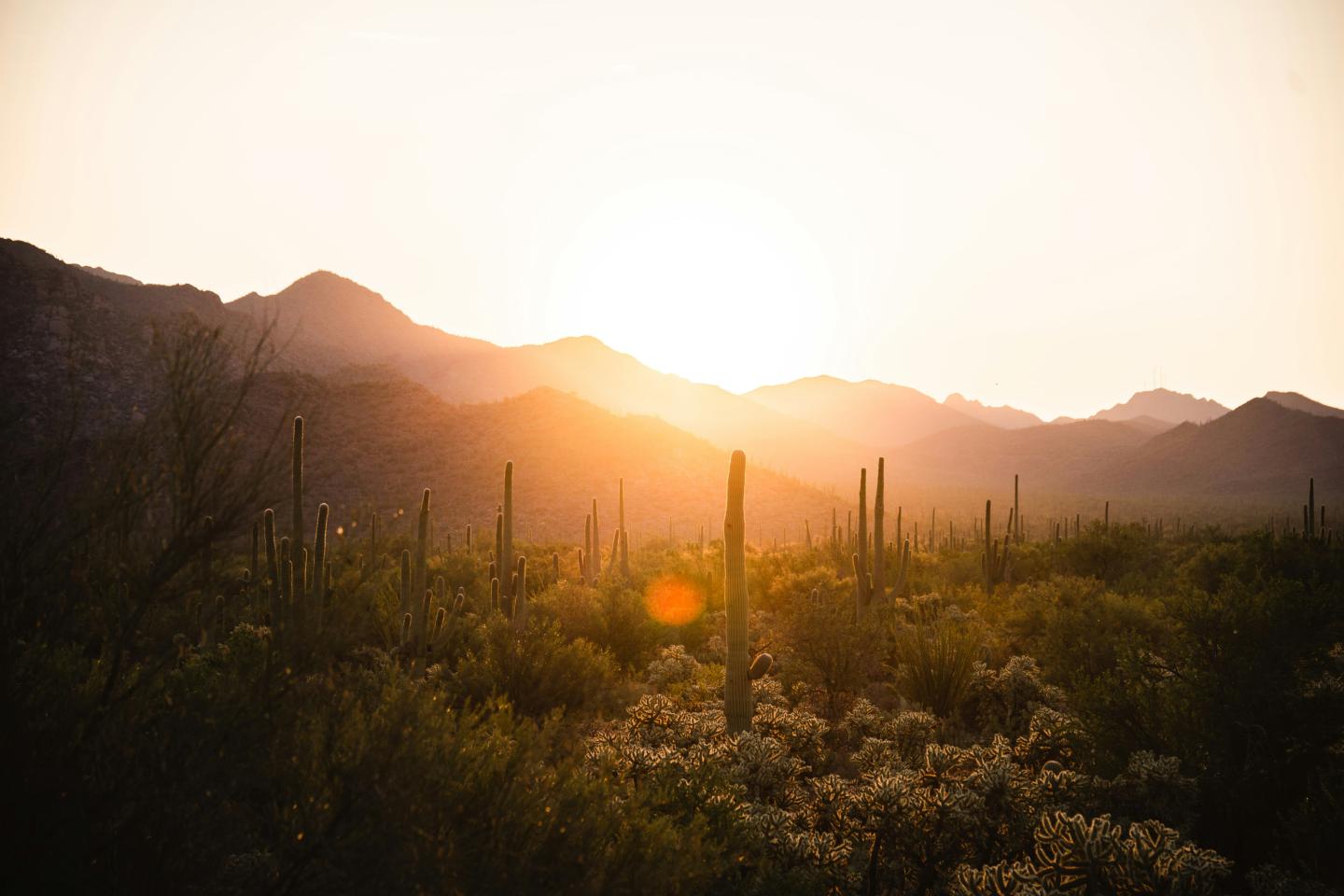
Dark Skies, Bright Stars

Update: Since this post’s publication, more of our partner parks have earned the designation of International Dark Sky Park. To date, more than 40 NPS units have earned the honor of being recognized as Dark Sky Parks, including many WNPA partner parks: Black Canyon of the Gunnison National Park, Capulin Volcano National Monument, Chaco Culture National Historical Park, Chiricahua National Monument, Curecanti National Recreation Area, El Morro National Monument, Fort Union National Monument, Great Basin National Park, Great Sand Dunes National Park and Preserve, Lyndon B Johnson National Historical Park, Salinas Pueblo Missions National Monument, Sunset Crater Volcano National Monument, Tonto National Monument, Tumacácori National Historical Park , Walnut Canyon National Monument, and Wupatki National Monument. Additionally, we want to recognize that Saguaro National Park has earned the recognition of Urban Dark Sky Place, one of only several in the world.
Nestled in central New Mexico, Salinas Pueblo Missions National Monument preserves and tells the story of vastly significant cultural and natural resources from the Pueblo people, the Spanish Franciscan mission system and government, and re-settlers in the region. This includes everything thing from churches, pueblos, animals, plants, and even the dark night sky. Accredited through the International Dark Sky Association, Salinas Pueblo Missions National Monument is situated below an almost pristine night sky.

When visitors arrive at the one of the three sites of the park, they are transported back in time. The missions and pueblos were once bustling city centers that consisted of up to a couple thousand people. Today, few families live within a 10-mile radius of the park. With less people, less light is projected into the sky at night. The landscape today is similar to how the landscape and sky looked during the 13th century. In person, a primeval feeling takes over and seemingly takes us back in time instantly.
There are so many small actions that we all can do at home to contribute the preserving our dark skies. To help, replace old lights with highly efficient warm white LED bulbs, light areas only if needed, point and shield lights directly towards the ground, and consider motion sensor lights.

Although the park closes at 5:00 pm in summer hours and 4:00 pm in winter hours, the park hosts regular dark sky viewing events throughout the spring, summer, and fall. Although the park provides a dark sky photography workshop, a guided pueblo and mission program, special presentations, and more; the real star of the show is the night sky itself. Few places in the nation today can you see the Milky Way with your own eyes. At the park, you feel the stillness of the night, you hear the wispy winds and deep silence, and you are captivated by the unique experiences of being connected to the dark sky above you. As author Draya Mooney said, “Look at the stars. See their beauty. And in that beauty, see yourself”.
By: Alex Arnold
Chief of Interpretation and Visitor Service at Salinas Pueblo Missions National Monument



